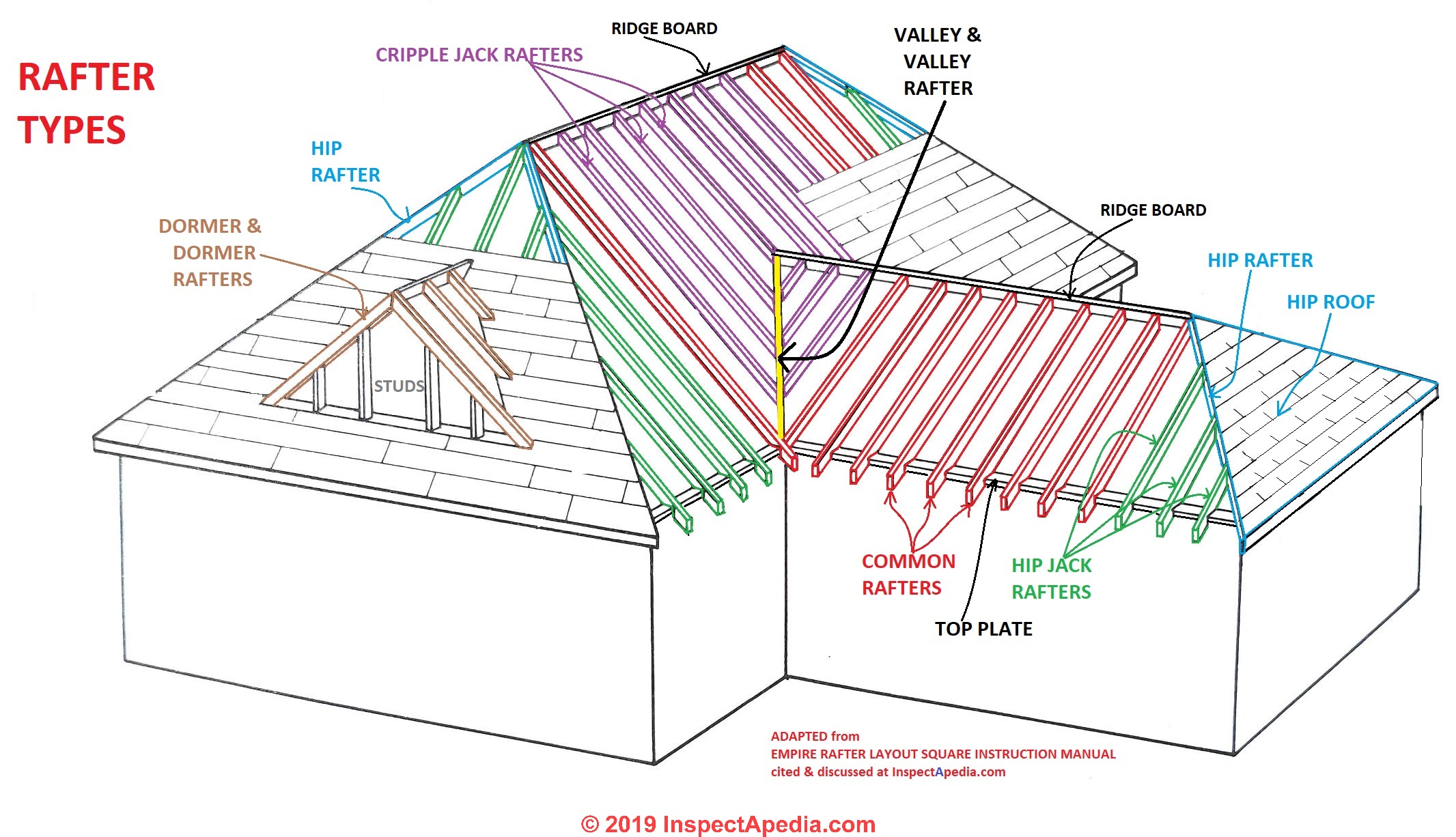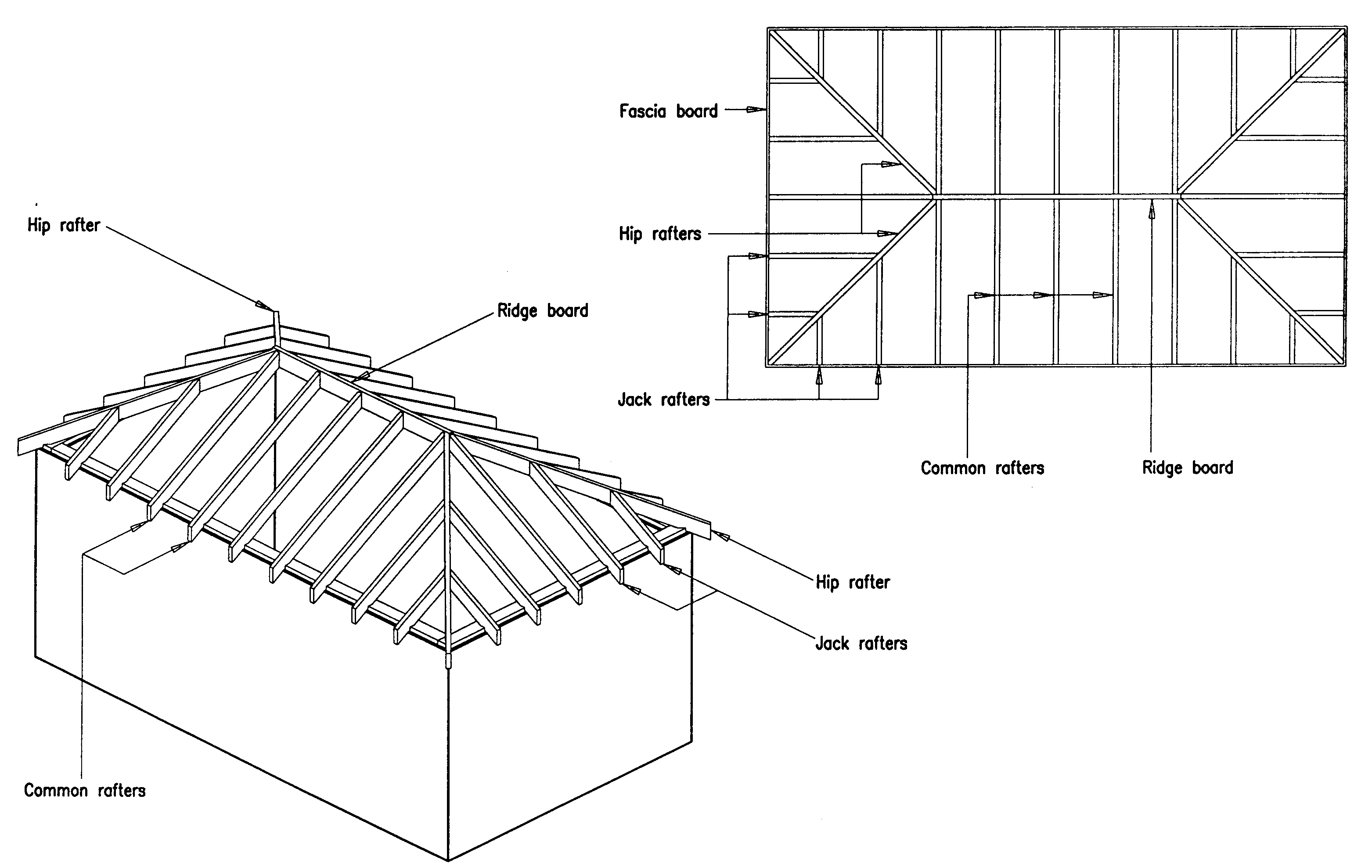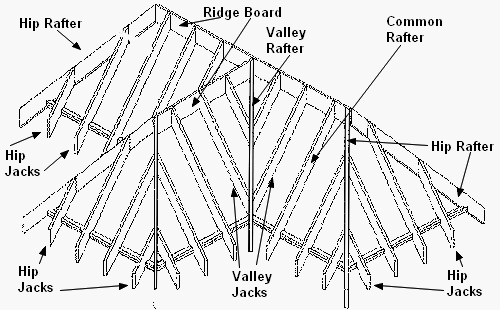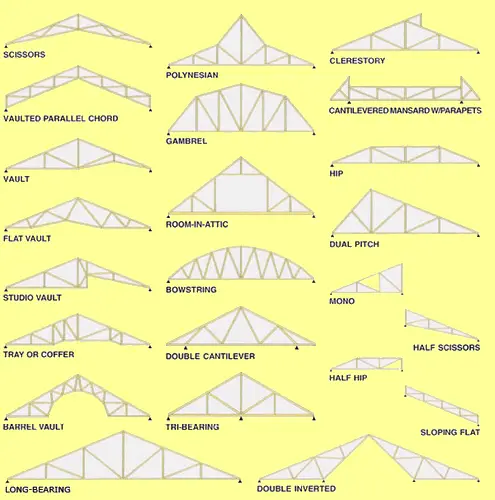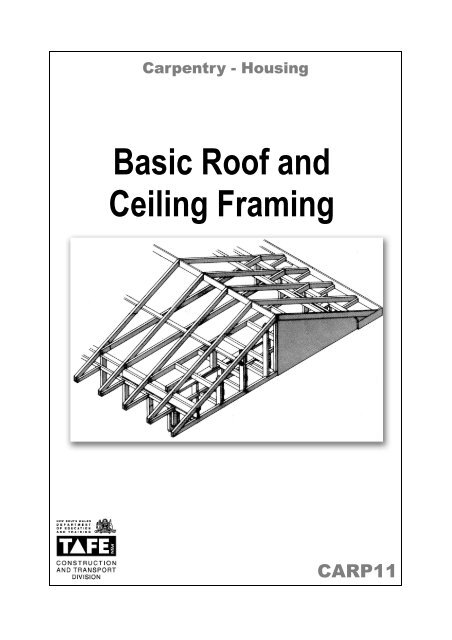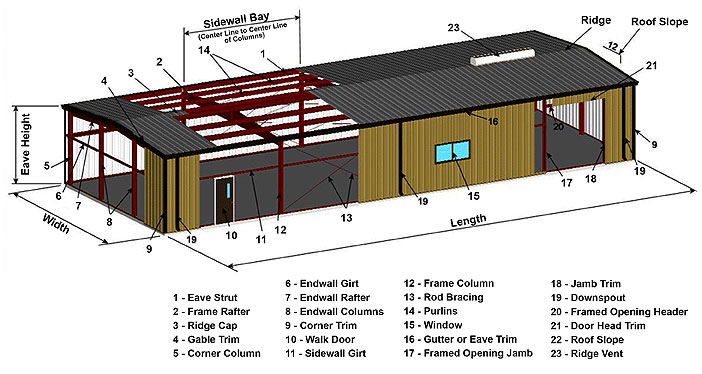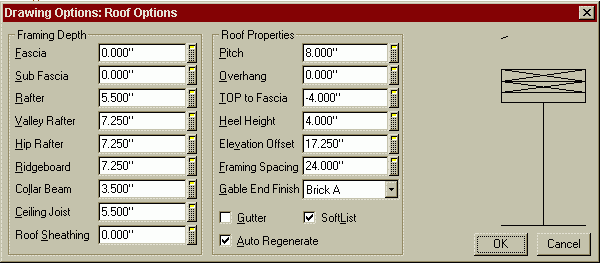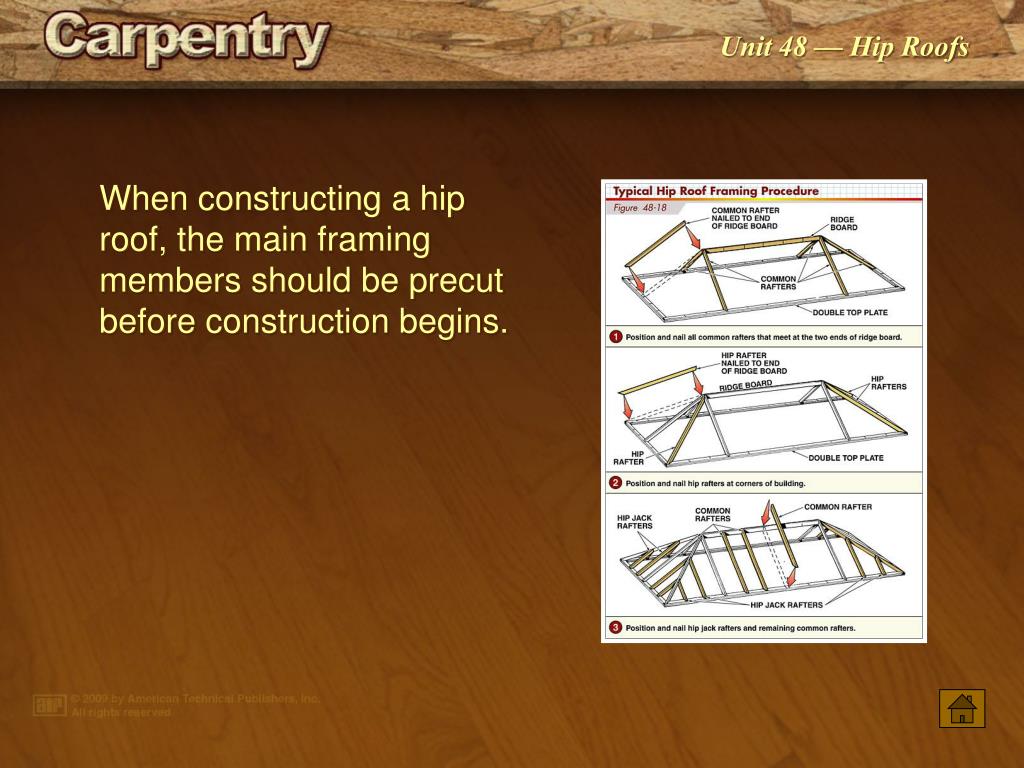As compared to global roof framing hip roof framing is more difficult because it consists of four sides with variable lengths instead of two sides.
Name the framing members of a hipp roof.
This style of roofing became popular in the united states during the 18 th century in the early georgian period.
A composite decking made of solid materials it resembles real wood and particularly strong and stable for bearing heavy load.
A hip roof or a hipped roof is a style of roofing that slopes downwards from all sides to the walls and hence has no vertical sides.
It supports the roof.
Similar to a cross gable roof.
A hip roof hip roof or hipped roof is a type of roof where all sides slope downwards to the walls usually with a fairly gentle slope although a tented roof by definition is a hipped roof with steeply pitched slopes rising to a peak.
An example of each is shown in figure 2 1.
The hip roof is the most commonly used roof style in north america after the gabled roof.
The most common type of a hip roof.
Parts of a roof the main structural parts of a roof are ceiling joists ridge board jack rafter hip rafter common rafters creeper rafters raking plates out riggers and noggings or last rafter overhang.
Some of these can support the roof and prevent ridge sagging and wall spreading.
Types of hip roofs.
Such roofs are built with mostly timber take a number of different shapes and are covered with a variety of materials.
Use separate hip roofs on homes with different wings.
Header level member at the.
Tie down fixings tie down fixings are used to resist uplift and shear forces lateral loads in floor framing wall framing and roof framing.
Domestic roof construction is the framing and roof covering which is found on most detached houses in cold and temperate climates.
Tie beam beam forming the hip of a sloped roof and against which the rafters rest.
It is a waterproofing layer made of regular felt stacked above the solid.
Thus a hipped roof house has no gables or other vertical sides to the roof.
This article describes and illustrates the different types of support that prevents roof sagging and wall bulging at buildings including definitions of collar ties rafter ties and structural ridge beams.
Frame assembly of members that consists of the load bearing structure of a building and that provides stability to it.
Collar ties rafter ties tension beams structural ridge beams.
The line where the two roofs meet is called a valley.
Hip roofs can be generally framed into a large variety of sizes that can be t or l shaped and may need a more complex frame.
Types of roofs the most commonly used types of pitched roof construction are the gable the hip the intersecting and the shed or lean to.
The sides come together at the top to form a simple ridge.
A horizontal timber or metal resting at the peak of the roof the rafters and trusses are connected to the ridge board for a cohesive framework.
Gable a gable roof has a ridge at the center and slopes in two directions.
A square hip roof is shaped like a pyramid.
The ridge board is centered here in terms of length as well as width.
It is the form most commonly used by.

